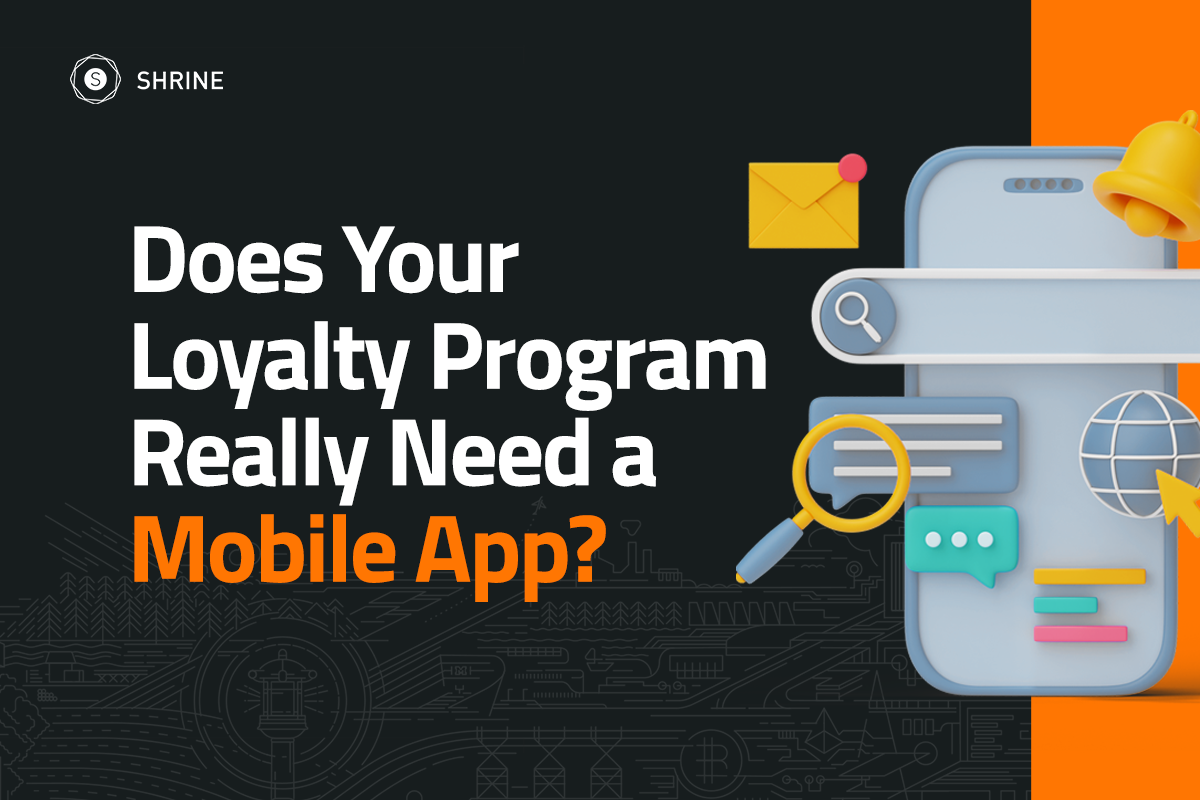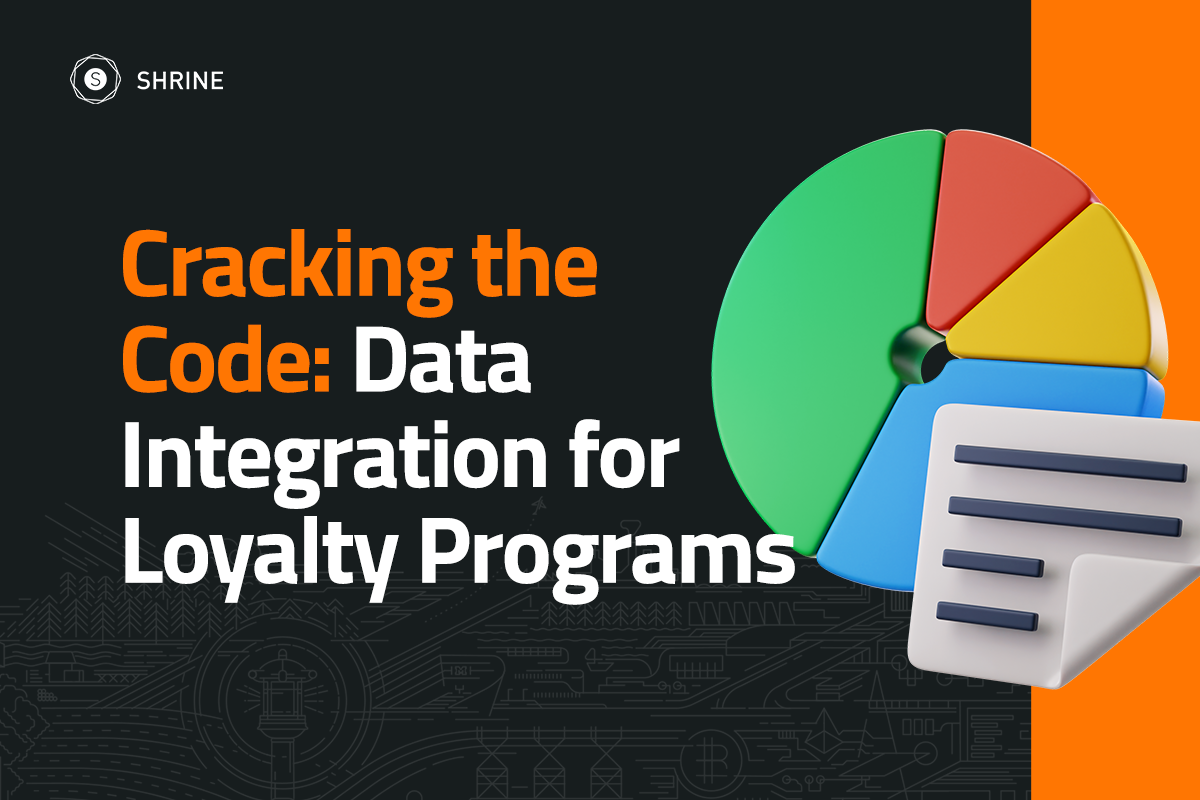A big risk for any enterprise loyalty program is being seen as a cost center rather than a revenue driver. Loyalty programs come with unique challenges that make them vulnerable to this perception:
- They span multiple departments, and a lack of buy-in from any area can sink the program.
- They require continuous investment and must constantly compete for resources.
This is a common topic in my conversations with loyalty leaders. So, how do successful programs manage the perception and ensure that loyalty is seen as a value driver?
Model and Forecast ROI Early and Often
Modeling ROI from the start—and updating it regularly—is essential. Reporting program data back to leadership, especially during C-suite transitions, helps reinforce the program’s value. The internal perception of a program doesn’t always align with actual performance, so even a successful program can lose support if stakeholders aren’t kept informed and engaged.
Maintain In-House Ownership of the Program’s “Spirit”
While consulting firms and loyalty platforms play valuable roles, the programs I’ve seen thrive tend to keep the core vision in-house. Partnering with vendors rather than offloading the entire program externally ensures the program stays aligned with business goals and company culture.
Watch Out for These Traps
Beyond the obvious challenges, there are subtler pitfalls that can shift a loyalty program into a “cost center” perception. Even well-designed programs can struggle if they fall into these traps:
Copying Other Programs Blindly
Drawing inspiration from successful programs like Sephora’s or Starbucks’ is fine, but simply replicating another brand’s approach rarely works. Each loyalty program needs to be customized to meet its own audience and goals. Programs that copy others too closely may lack the unique value propositions that stakeholders expect.Avoiding Difficult Conversations
Skipping alignment discussions with departments like IT/Dev or frontline retail might seem easier at first, but loyalty programs that avoid these critical conversations often lose relevance. Engaging all necessary departments ensures the program has the support it needs for long-term success.Misattributing Performance Due to External Factors
Executive teams sometimes blame loyalty programs for underperformance when broader trends, like economic shifts, are actually the cause. Successful programs stay flexible, adjusting the value they provide based on market conditions—for instance, shifting from exclusive perks to exclusive discounts when the economy slows.
Navigating the perception of loyalty programs as cost centers requires careful planning, continuous ROI tracking, and cross-departmental alignment. By proactively addressing these potential pitfalls, loyalty leaders can build programs that drive true value and avoid common traps that often lead to budget cuts or loss of support.
Building a loyalty program that’s seen as a revenue driver isn’t easy, but with the right approach, it’s absolutely achievable.




